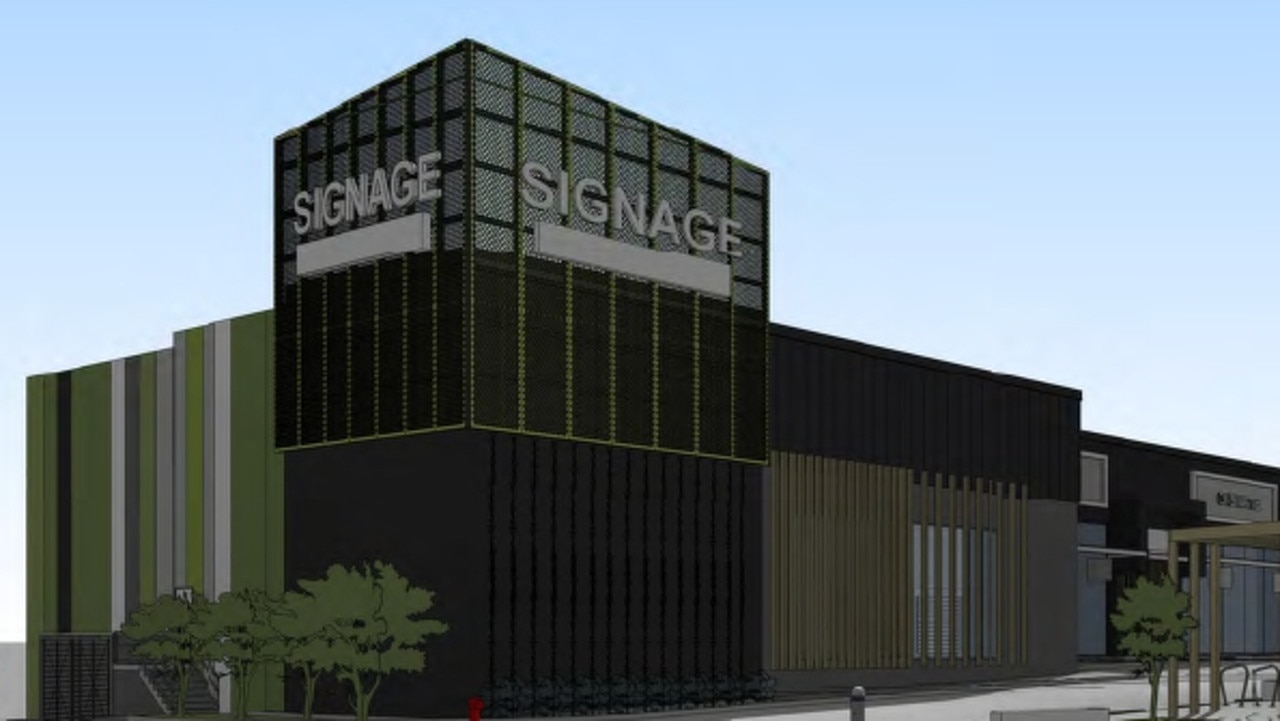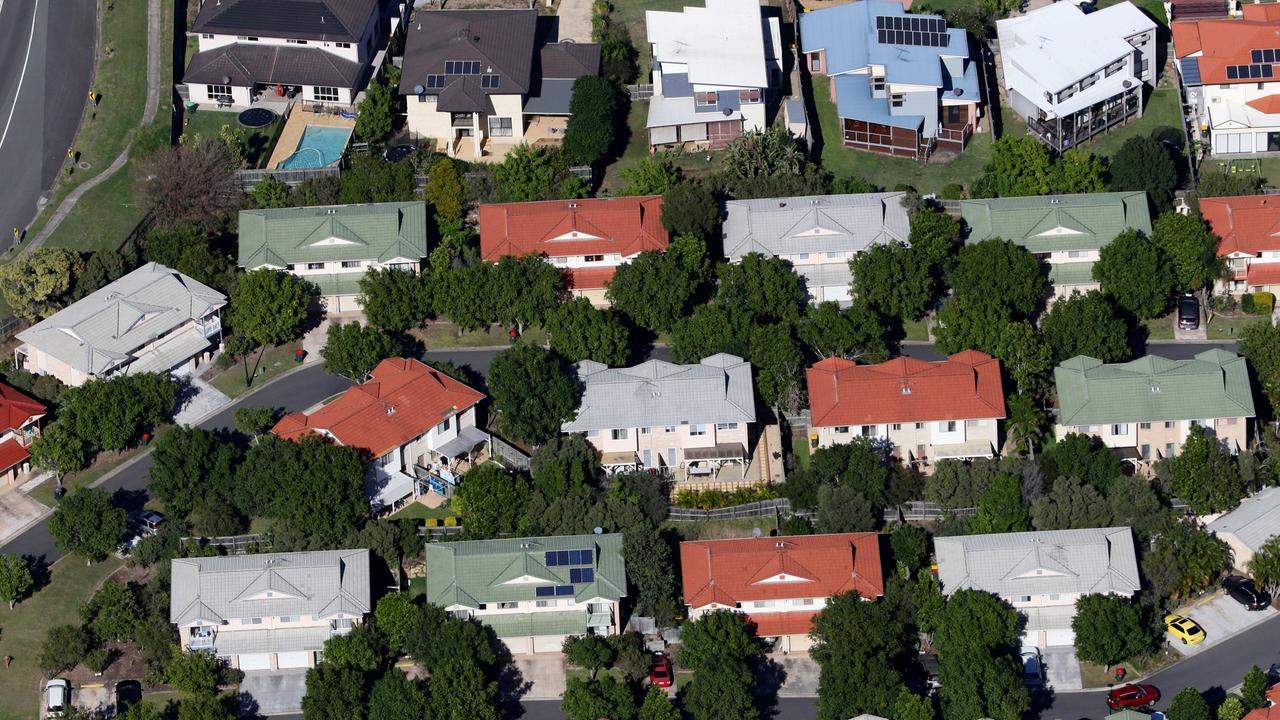Revealed: QLD’s 20 most undersupplied housing markets
Shock new figures reveal the extent of the lack of housing in Queensland. These are the state’s most undersupplied suburbs.
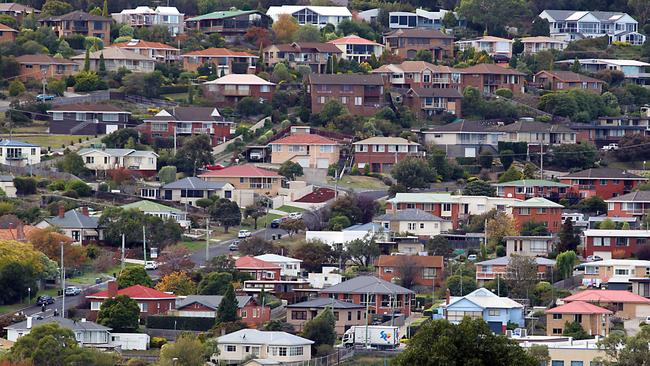
Property
Don't miss out on the headlines from Property. Followed categories will be added to My News.
Less than one in 100 homes are listed for sale in the state’s most undersupplied suburbs, with next to no new housing in the pipeline and existing stock at risk of running out in two months.
The Gap in Brisbane’s north is the city’s most chronically undersupplied suburb, according to analysis by data provider and consultancy SuburbTrends, with hardly any homes available to buy and only 1300 new homes approved to be built in the past five years in the area.
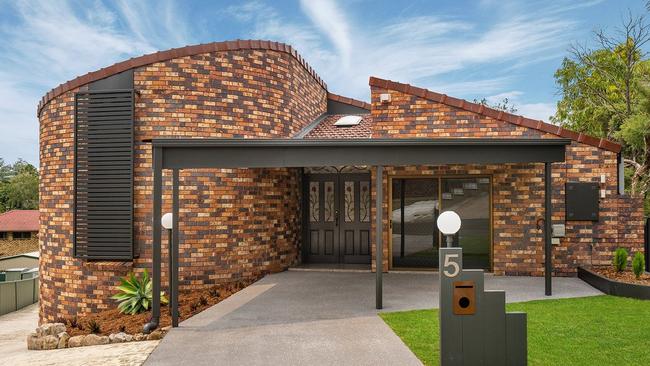
Ultimate Qld staycation on the Gold Coast with Mater Prize Home’s latest draw
Housing supply in the neighbouring suburbs of Stafford Heights and Ashgrove is also dire, with a maximum inventory level of under two months and very few listings.
Outside of Brisbane, the region of Charters Towers, Ayr and Ingham is desperate for housing stock, with zero homes listed for sale, a vacancy rate of zero, and no existing stock available.
The same applies to Innisfail and Mackay.
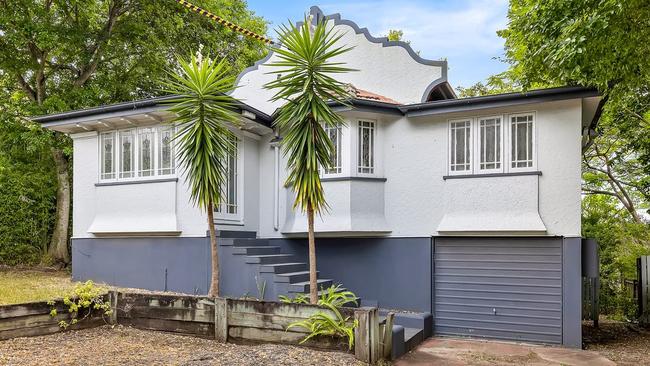
Across Queensland as a whole, 180,000 new homes were approved to be built in the past five years across Queensland — that’s less than 9 per cent of the state’s two million or so dwellings.
In Greater Brisbane, only 42,690 new homes were approved to be added to the supply chain in the past five years, or just 8 per cent.
The SuburbTrends data analyses inventory levels and building approvals for residential dwellings over a five-year period from January 2018 to December 2022.
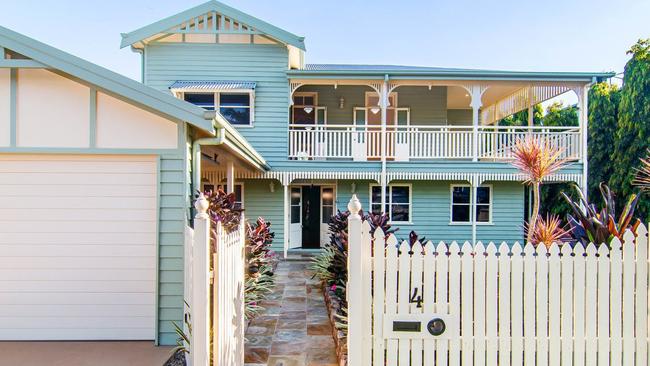
It then compares that data to the number of private homes in a suburb using 2021 Census data to calculate the percentage of new stock entering the market.
The suburbs have been ranked based on the lowest percentage of stock-on-market.
SuburbTrends managing director Kent Lardner said buyers and renters in these suburbs were being squeezed hard due to limited options available.
“Considering the very low pipeline supply in the area, it also means that very few new properties will be entering the market anytime soon, creating further pressure on home buyers and renters,” Mr Lardner said.

“The situation’s dire and the problem’s not going away.”
He said new housing stock growth rates were well below the average population growth rate of 1.5 per cent per annum.
“With the amount of builders going bust, it’s likely completion rates will be significantly lower than what the approvals show,” Mr Lardner said.
MORE PROPERTY NEWS:
Record delays: SEQ land lots now taking over half a year to settle
Money guru’s shock cash offer to struggling homeowners
Place Estate Agents CEO Damian Hackett said Brisbane faced the double whammy of having “extremely low” new supply and increasing demand due to population growth and increasing immigration.
“Brisbane continues to have some of the strongest population growth in the country, so essentially does not have enough homes for those that want to live here,” Mr Hackett said.
“As well as this, a lot of investors also sold throughout the pandemic as housing values peaked, also contributing to a shortage of rental supply.”
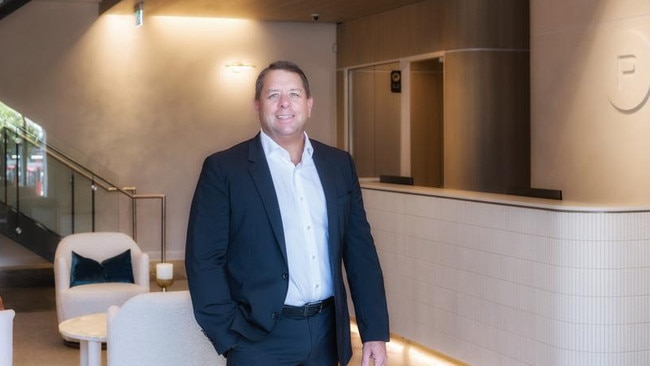
Mr Hackett said more private investors were needed to come back into the market to ease the rental supply issues.
“This situation creates an imbalance between supply and demand, which fuels both price and rent growth in the most affected areas,” he said.
“People need houses to live in and we can’t live in houses that aren’t built yet, so renters need landlords.”
BIS Oxford Economics senior economist Maree Kilroy said further interest rate hikes would put more pressure on demand for new homes.
“Financing the build stage has similarly become tougher, where higher borrowing costs and a near 30 per cent run-up in construction costs since the start of the pandemic are both impacting,” she said.
Ms Kilroy said the near-term outlook for housing construction had progressively worsened in recent months.
“While there are signs that labour and material supply issues are fading in some areas and that construction cost growth has slowed for houses, both of these challenges will persist for builders over 2023 given how big the backlog of work has become.”
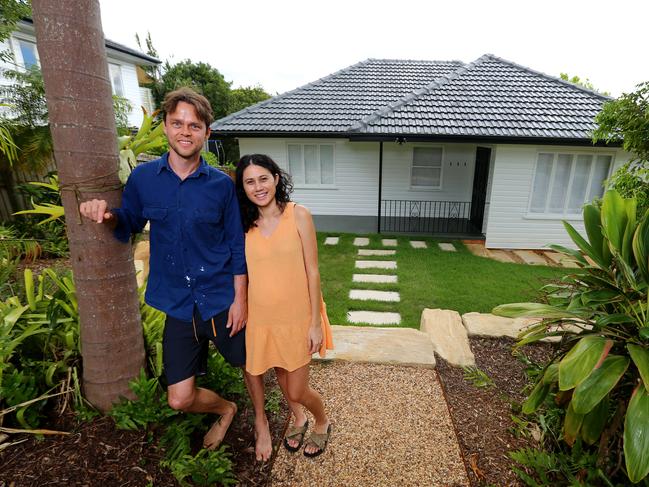
COUPLE FIND GAP IN THE MARKET
Take a move-in-ready, fully renovated home in one of Queensland’s worst suburbs for housing supply and it’s no wonder Kaffe and Nathalia Shelton are celebrating.
Nearly 50 groups of homehunters inspected the property in its first weekend on the market and multiple offers were made for the young couple’s property in The Gap in Brisbane’s leafy northwest, resulting in a speedy sale – despite slowing market conditions.
New research by SuburbTrends reveals The Gap is Brisbane’s most undersupplied suburb when it comes to stock on market, with low numbers of listings and very little in the pipeline.
So when the right property hits the market, competition is fierce, said James Monaghan of Ray White The Gap, who sold the Sheltons’ home in Shallmar St.
“We had an incredible response given the current market,” he said. “Limited stock is still creating some fantastic competition.”
The Sheltons, who are expecting their first child, bought the property in 2018 and renovated it.
The five-bedroom house was their first home and “needed a lot of work, so that probably scared a lot of people off”, and it helped that Mr Shelton was a tradie.
“Fortunately, we started before Covid and the supply chain issues really kicked in,” he said. “The newly renovated house appeals to a lot of people for sure, and considering the market seems to be going down a little bit ... we were stoked with the price.”
The couple has relocated to the Sunshine Coast.




